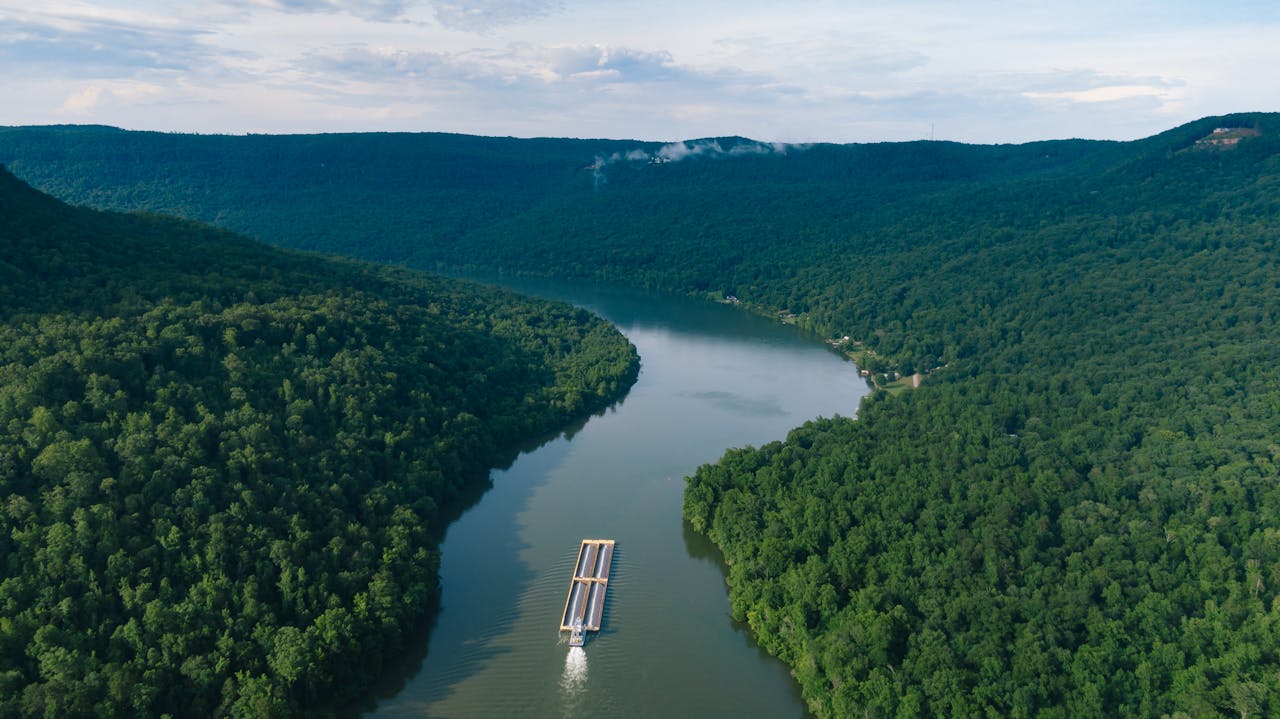
How to Choose the Appropriate Container for Your Shipment
Choosing the right container for your shipment is crucial to ensure the safety, security, and cost-efficiency of your goods during transit. With various container options available, it can be challenging to decide which one best suits your needs. This guide will help you understand the different types of shipping containers and provide tips on selecting the appropriate one for your shipment.
Types of Shipping Containers
Understanding the different types of containers is the first step in making an informed choice. Here are some common container types:
- Standard Dry Containers: These are the most commonly used containers and come in various sizes, such as 20-foot and 40-foot lengths. They are suitable for general cargo that doesn't require special conditions.
- Refrigerated Containers (Reefers): Used for perishable goods that need to be kept at a specific temperature, such as food, pharmaceuticals, and chemicals.
- Open Top Containers: Ideal for oversized cargo that cannot fit through the standard door of a dry container. These containers have a removable top for easy loading and unloading.
- Flat Rack Containers: Suitable for heavy machinery, vehicles, and other oversized goods. They have collapsible sides, allowing cargo to be loaded from the sides or top.
- Tank Containers: Designed for transporting liquids, gases, and powders. These containers are made of strong steel or other durable materials to withstand the rigors of transport.
- High Cube Containers: Similar to standard dry containers but with an extra foot in height, providing more space for voluminous cargo.
Factors to Consider When Choosing a Container
Selecting the right container involves evaluating several key factors:
- Type of Cargo: Consider the nature of your goods. Perishable items will need refrigerated containers, while oversized items may require open top or flat rack containers.Volume and Weight: Ensure the container size matches the volume and weight of your shipment. Overloading can lead to penalties and potential damage to your goods.
- Handling and Loading Requirements: Some cargo may need special handling equipment or specific loading methods. Choose a container that facilitates these requirements.
- Destination Requirements: Different countries may have specific regulations regarding container types and sizes. Ensure your chosen container complies with these regulations.
- Cost: While it's essential to choose a container that meets all your needs, consider the cost implications. Opt for a container that provides the best value without compromising safety and security.
Tips for Optimizing Container Usage
Maximize the efficiency of your container usage with these tips:
- Plan Your Load: Organize your cargo to utilize the container space effectively. Proper planning can reduce the number of containers needed, lowering costs.
- Secure Your Cargo: Use appropriate packing materials and securing methods to prevent movement and damage during transit.
- Label Clearly: Ensure all cargo is clearly labeled with handling instructions and destination details to avoid confusion and mishandling.
- Consult with Experts: Freight forwarders and logistics professionals can provide valuable advice on container selection and optimization based on their experience and expertise.
Conclusion
Choosing the right container is vital for the successful transportation of your goods. By understanding the types of containers available and considering the specific needs of your cargo, you can make an informed decision that ensures the safety, efficiency, and cost-effectiveness of your shipment.
For more information on selecting the right container for your shipment, or for assistance with any of your logistics needs, contact us today!
Tags:
- Container ,
- Freight Forwarding ,
- Shipping

